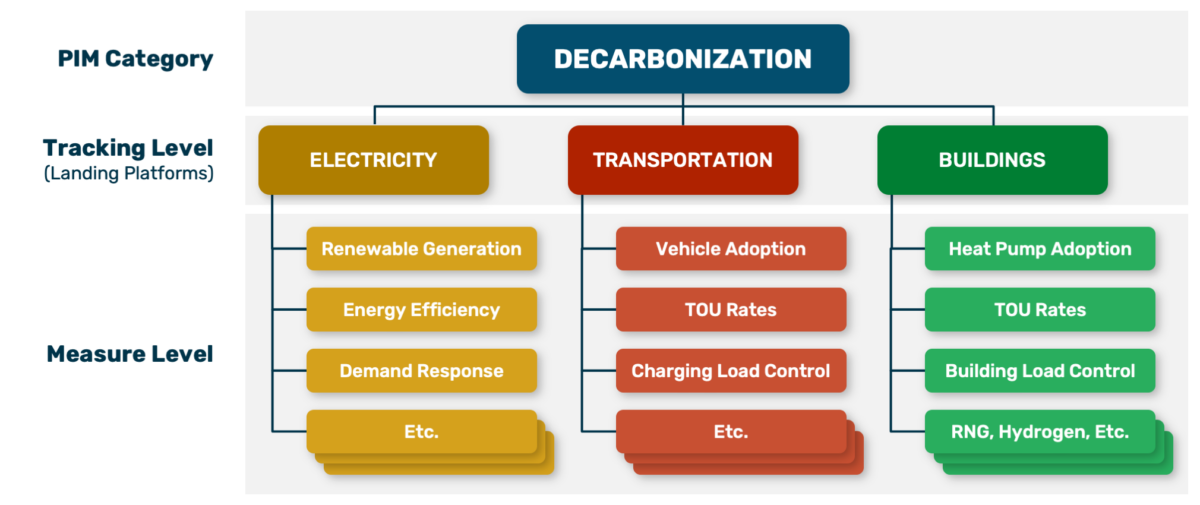
In consultation with Xcel Energy, E3 recently created a performance-based ratemaking proposal for Xcel Energy’s November 2 filing of a multiyear rate plan in Minnesota (Dockets E002/GR-20-723 & E002/M-20-748). If adopted, the proposal would make the State of Minnesota a national leader in performance-based incentives related to carbon. In the filing, E3 Managing Partner Dr. Ren Orans provides testimony proposing three initial carbon-reduction Performance Incentive Mechanisms (PIMs) for Minnesota along with a novel framework for consideration of future decarbonization PIMs. The suggested framework for future decarbonization allows for flexibility in carbon reduction programs across the electricity, transportation, and building sectors.
Performance Incentive Mechanisms are tools that provide economic signals to align utilities with goals that they are otherwise not incentivized to pursue. PIMs have historically been used to incentivize service quality standards such as reliability, safety, and customer service, and to promote energy efficiency. More recently, many state jurisdictions have considered them to align utility interests with state climate objectives. In states like Minnesota that lack binding electricity sector decarbonization policy, PIMs provide an avenue to promote the clean energy transition across many sectors.
The three PIMs introduced by Dr. Orans include the following:
- A clean electricity portfolio PIM that motivates Xcel Energy to reduce carbon emissions related to serving electric load. This PIM would align regulatory incentives with company and state policy targets.
- A managed charging PIM to incent Xcel Energy to actively encourage electric vehicle (EV) owners to participate in Xcel Energy’s managed charging program.
- Another managed charging PIM designed to encourage EV owners to increase their use of lower-cost off-peak charging.
The accompanying framework for consideration of future PIMs imagines the structure shown below, in which PIMs promote decarbonization via action in the electric, transportation, and building sectors. The framework would set up each sector with its own carbon reduction targets, programs, and budgets. This broad structure allows Xcel Energy flexibility to seek out decarbonization measures that are the most beneficial and cost-effective across the sectors and avoids the complexity of attributing carbon savings to individual measures.
While this broad structure is best over the long term, more targeted programmatic PIMs, like the transportation ones proposed in the testimony, are important in the near term to kickstart markets that are expected to play important roles in the energy transition. The testimony notes that similar programmatic PIMs will be valuable as the heat pump market in Minnesota materializes.
If adopted by Minnesota’s Commission, these PIMs and associated framework would make Minnesota a leader in the development of decarbonization PIMs that other states could follow.

Link to Ren’s testimony: https://www.edockets.state.mn.us/EFiling/edockets/searchDocuments.do?method=showPoup&documentId={40B68A75-0000-C433-969F-7B373B38C8B7}&documentTitle=202011-167932-02


